British Army, Home Guard and Canadian troops in Western Europe and Britain in 1940. Strength and organization.
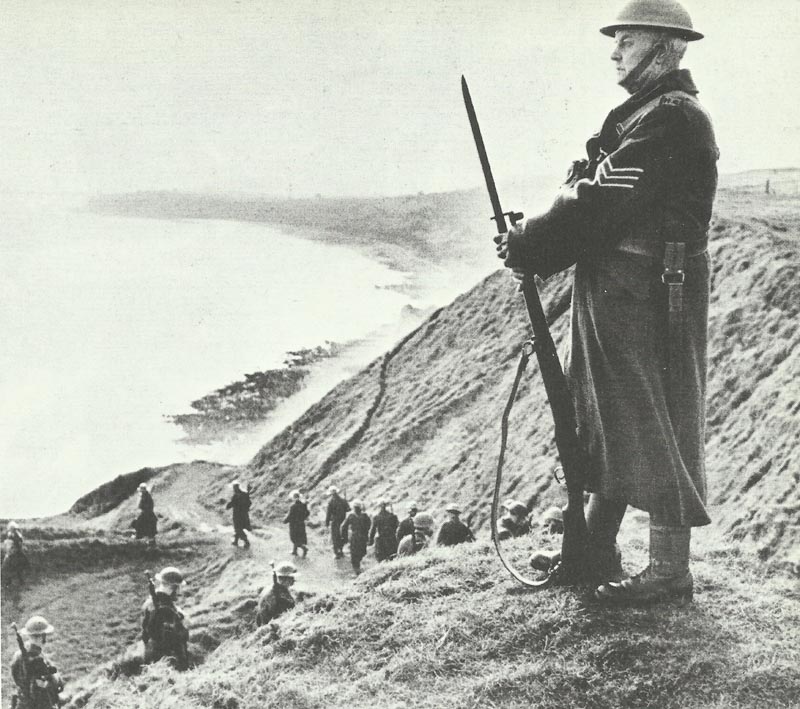
For the first six months little military action took place at the Western Front except a minor, halfhearted French offensive in the Saar region. The BEF trained, consolidated its position, and built up its depots and dumps. From November 1939, by arrangement with the French, one British division at a time served for a short spell under French command on the Saar front to get experience. By the end of April 1940, the strength of the BEF was 394,165 men in 10 divisions.
The British Army in Western Europe 1940
Table of Contents
When war did begin in earnest on 10 May 1940 the small British contingent was unable to stem the rapid German advance: within two weeks the BEF was forced back towards the Channel coast and Operation ‘Dynamo’ the evacuation from Dunkirk – was put into effect. Largely through the efforts of the French Army in holding back German forces (as well as Hitler’s controversial order to halt the Panzers outside Dunkirk) 224,320 British (including 15,350 wounded) and 141,842 Allied soldiers were evacuated. Although Dunkirk was the last act of a major British defeat, the escape from France of over a third of a million trained soldiers was a great achievement and a considerable boost to sagging British morale.
3,457 members of the BEF were killed during the campaign in France, and although the British role in the fighting was only a minor one, many German soldiers had been impressed by the disciplined performance of the British troops.
Home Guard
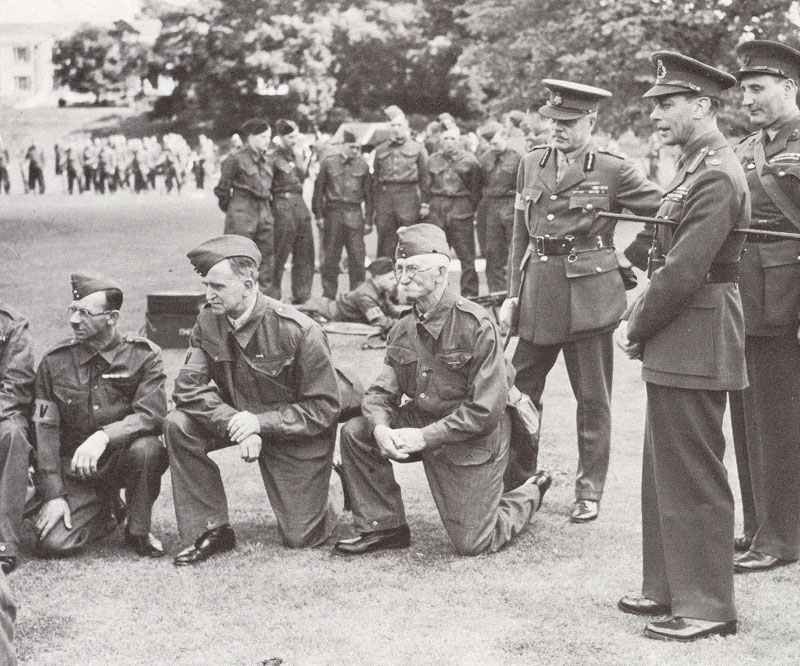
The German invasion of Holland and Belgium focused attention upon the use of paratroops to occupy areas behind the enemy’s main defense lines and it seemed highly probable that this form of attack would be employed against Britain. As a precaution Anthony Eden, the Secretary of State for War, broadcast an appeal on 14 May 1940 for fit men between the ages of 16 and 65 to enrol in a military organization which would be known as the Local Defence Volunteers (LDV). By 20 May nearly 250,000 volunteers had come forward and by the end of the month the figure had reached 300,000. The force was to be organized in conjunction with the Territorial County Associations and came under the operational command of the C-in-C, Home Forces. On 31 July 1940 the title of the force was changed to the Home Guard.
The immediate problem faced by the Home Guard was an acute shortage of arms, uniform and equipment. There were military rifles for only one-third of the Guard and the remainder had to make do for many months with shotguns, sporting rifles, and even golf clubs and home-made pikes. The Home Guard were unpaid and were required for duty and training only after working hours. They were organized as battalions, companies, and platoons but there was no fixed size for these units and a company could be 300 or 400 men strong. Commanders of units were not commissioned officers but holders of appointments and every man whatever his rank was subject to Military Law as a private soldier.
The Home Guard was dispersed through the country and each city, town and village had its contingent. Their duties consisted of guarding important buildings, road junctions, railways and factories, and patrolling coastal areas where enemy landings might be made. By the end of July 1940 the Home Guard numbered 500,000 all ranks and during the invasion months of that year its presence and enthusiasm not only helped to inspire the population of Britain but also relieved large numbers of regular troops from the distraction of guard and garrison duties.
Canadian Army
In June 1940 the 1st Canadian Division was evacuated from France. In July the division combined with the 1st British Armored Division and the majority of the 2nd New Zealand Division to form the 7th Corps. Since May 1940, units of the 2nd Canadian Division had begun to arrive in Britain but the divisions’ concentration was not achieved until 25 December 1940. From late October the units that had arrived in the United Kingdom joined the 1st Division guarding the beaches of Sussex between Worthing and Newhaven, and on Christmas Day 1940 the 7th Corps was disbanded and the Canadian Corps (later 1st Canadian Corps) was created with nearly 57,000 Canadians serving in Britain.
Total British and Empire divisions in France on 10 May 1940: 10
Total British and Empire divisions in Great Britain in August 1940: 26 (2 armored), all short of equipment.
Basic British and Empire Army units in August 1940:
| Organization | Infantry Division (motorized) | Armored Division |
|---|---|---|
| Total units | c. 29-33 | 3 |
| Infantry brigades | 3 with 2,340 men and 99 officers each | 2 battalions with 1,560 men and 66 officers together |
| Total men | 13,600 | ? |
| Artillery | 72 (36 x 18 pounders, 36 x 4.5inch Howitzers or 18/25 pounders or 25 pounders) | c. 48 (25 pounders) |
| Anti-tank guns | 75 (2 pounders or 25mm) | c. 48 (2 pounders) |
| Tanks | 28 light tanks, 44 Universal Bren carriers | 220 cruiser tanks |
References and literature
The Armed Forces of World War II (Andrew Mollo)
World War II – A Statistical Survey (John Ellis)




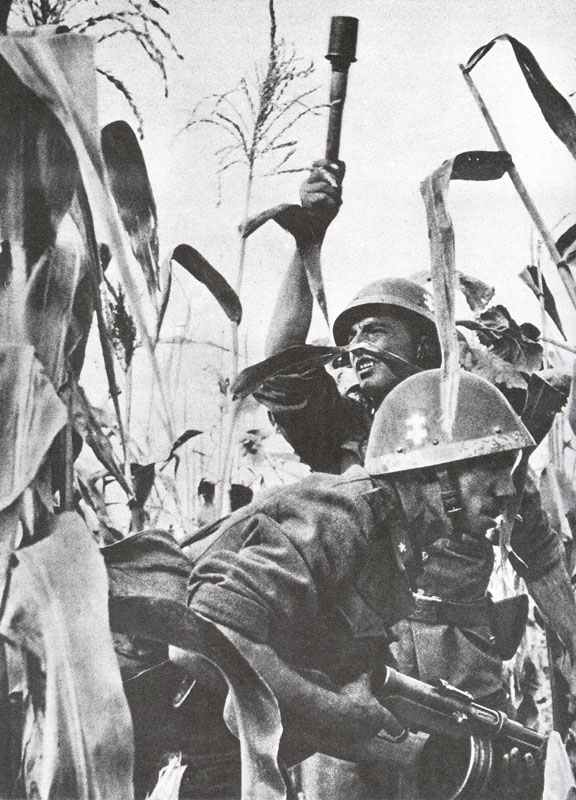
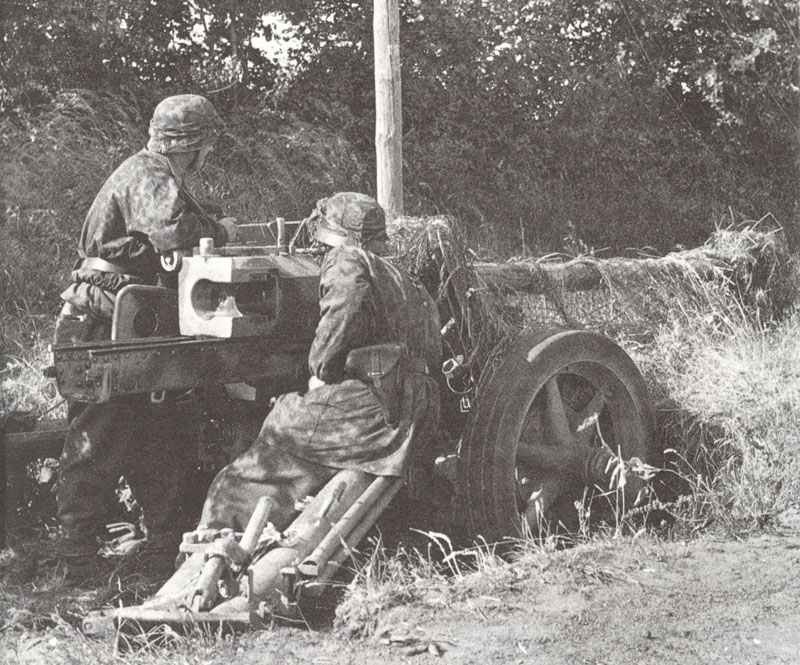
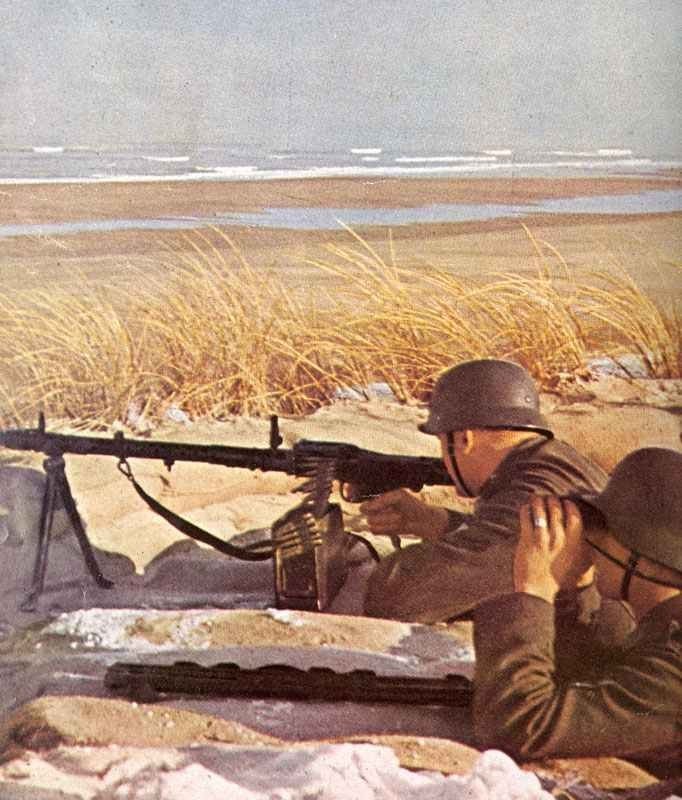
Pingback: Vickers Gun > WW2 Weapons
Pingback: Battle of Britain > WW2 Weapons
Pingback: British Army in North-West Europe > WW2 Weapons